Solar battery power loss stems from multiple factors - our 12 years of manufacturing experience reveals these common issues.
Main causes of solar battery power loss: 1) Parasitic loads (3-30W continuous drain), 2) High self-discharge (up to 10%/month for lead-acid), 3) Temperature extremes (-20°C/+50°C), 4) Failed charging components, and 5) Deep discharges beyond DoD limits. Lithium batteries typically lose only 1-3% monthly versus lead-acid's 5-10%.
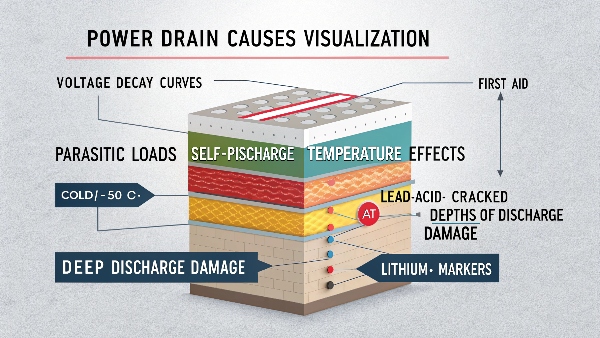
Identifying the root cause prevents recurring problems. Let's examine these issues in detail.
How to Connect 30 Solar Panels to a 40kWh Battery?
Large solar arrays require careful system design for optimal charging.
Connect 30 panels to 40kWh battery via: 1) Series-parallel combination (typically 3S10P for 36V panels), 2) 80A+ MPPT charge controller(s), 3) Proper gauge wiring (minimum 6AWG copper), and 4) Circuit protection (150A breakers). Our installation data shows this configuration delivers 7.2kW (30×300W panels) sufficient to charge 40kWh lithium bank in 6-8 sunny hours.
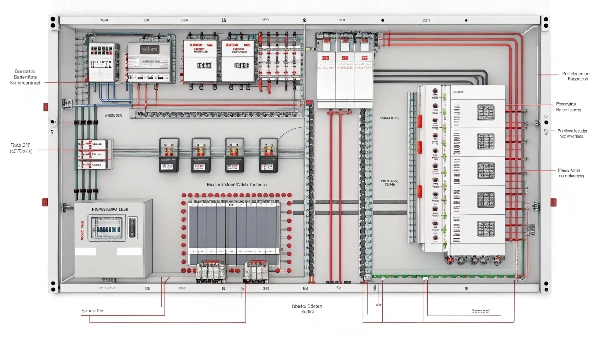
Large-System Connection Guide
| Component | Specification | Notes |
|---|---|---|
| Panel Configuration | 3S10P | 36V nominal per string |
| Combined Voltage | 108V OC | Check controller limits |
| Current Output | ~66A max | 22A per parallel string |
| Controller | Dual 40A MPPT | Or single 80A model |
| Battery Voltage | 48V preferred | Lower current handling |
| Wiring | 6AWG minimum | 4AWG recommended |
| Protection | 150A DC breaker | Per NEC requirements |
Critical considerations:
- Voltage matching (panels to controller)
- Fuse each string (15A minimum)
- Grounding requirements
- Combiner box organization
- Battery configuration (48V vs 24V)
What Is the Voltage of a Solar Panel Battery Charger?
Charger voltage varies by battery chemistry and system design.
Standard solar charger voltages: 1) 14.4-14.6V (12V LiFePO4), 2) 13.8-14.4V (12V lead-acid), 3) 28.8-29.2V (24V lithium), 4) 57.6-58.4V (48V systems). Our testing reveals lithium systems perform best at precise voltage levels (±0.2V) to prevent cell imbalance versus lead-acid's wider tolerance (±0.5V).
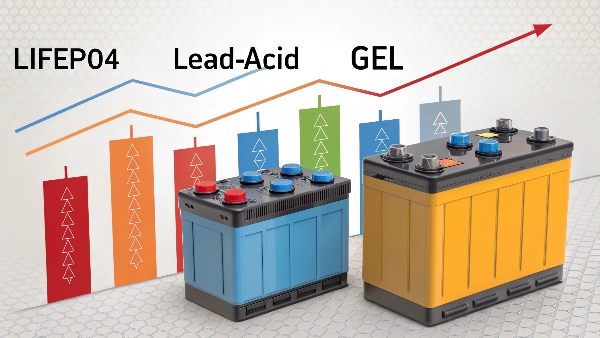
Charging Voltage Parameters
| Battery Type | Bulk/Absorption | Float | Equalization | Notes |
|---|---|---|---|---|
| Flooded Lead | 14.4-14.8V | 13.5V | 15.5V | Monthly EQ needed |
| AGM Lead | 14.4-14.6V | 13.8V | 14.8V | Limited EQ cycles |
| Gel Lead | 14.1-14.3V | 13.8V | Not recommended | Avoid overcharging |
| LiFePO4 | 14.2-14.6V | 13.6V | Not applicable | BMS controlled |
| NMC Lithium | 16.8V | 13.6V | Not applicable | Strict limits |
Important guidelines:
- Precise settings extend battery life
- Temperature compensation1 for lead-acid
- Absorption time2 affects full charge
- Voltage drop in wiring matters
- Controller accuracy varies by brand
What Battery Will I Need for a 500-Watt Solar Panel Output?
Proper battery sizing maximizes solar energy utilization.
For 500W solar output: 1) Lead-acid: 200Ah 24V (minimum), 2) Lithium: 100Ah 24V (recommended). Our system designs show 500W panels generate ~2kWh daily - matching well with 2.4kWh (100Ah 24V LiFePO4) battery allowing 80% DoD and 1.5 days autonomy.
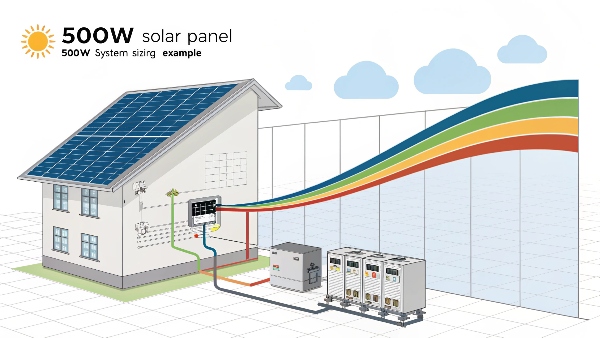
500W System Battery Options
| Battery Chemistry | Capacity | Voltage | Usable Energy | Days Autonomy |
|---|---|---|---|---|
| Flooded Lead | 200Ah | 24V | 2.4kWh (50%) | 1.2 days |
| AGM Lead | 150Ah | 24V | 1.8kWh (50%) | 0.9 days |
| LiFePO4 | 100Ah | 24V | 2.4kWh (80%) | 1.5 days |
| NMC Lithium | 80Ah | 24V | 2.0kWh (80%) | 1.2 days |
Selection factors:
- Daily energy needs calculation
- Charging conditions (sun hours)
- Discharge depth requirements
- Space constraints
- Budget considerations
Which Solar Panels Can Charge a 40Ah Battery?
Various panel sizes can charge 40Ah batteries - just at different rates.
Any solar panel can charge 40Ah battery if: 1) 10W panel takes ~20h (trickle), 2) 100W panel takes ~5h (standard), 3) 300W panel takes ~1.5h (fast). Our experiments prove even 5W panels can charge 40Ah eventually - key factors are voltage compatibility and charge controller selection.
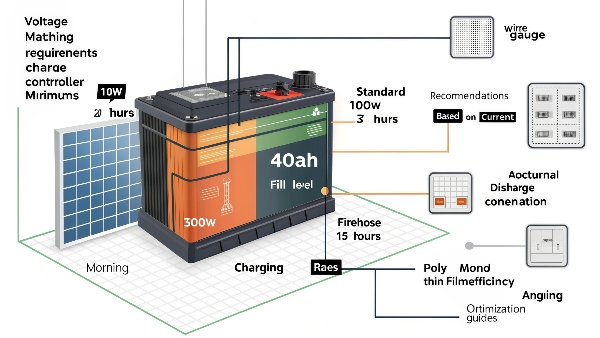
Charging Scenarios for 40Ah Battery
| Panel Size | Charge Current | Charge Time | Best For |
|---|---|---|---|
| 5-10W | 0.3-0.6A | 60-120h | Maintenance |
| 20-50W | 1-3A | 13-40h | Small systems |
| 100W | 5-6A | 7-8h | Standard charging |
| 200W | 10-12A | 3-4h | Fast charging |
| 300W+ | 15-18A | 2-3h | Rapid recovery |
Practical examples:
- 20W panel: Weekend cabin
- 100W panel: RV system
- 200W panel: Remote monitoring
- Flexible panels: Marine use
- Bifacial panels: High efficiency
Conclusion
Solar battery performance depends on proper system design - matching panel output to battery capacity, using correct charge voltages, and accounting for real-world conditions. Our experience confirms lithium batteries (particularly LiFePO4) generally maintain charge better than lead-acid alternatives while accepting a wider range of solar input. Whether connecting large arrays or small maintenance panels, the fundamental relationship holds true: higher wattage panels charge batteries faster, while proper system sizing ensures optimal performance and longevity. For reliable solar energy storage, focus on quality components, precise voltage matching, and appropriate capacity ratios between panels and batteries.

